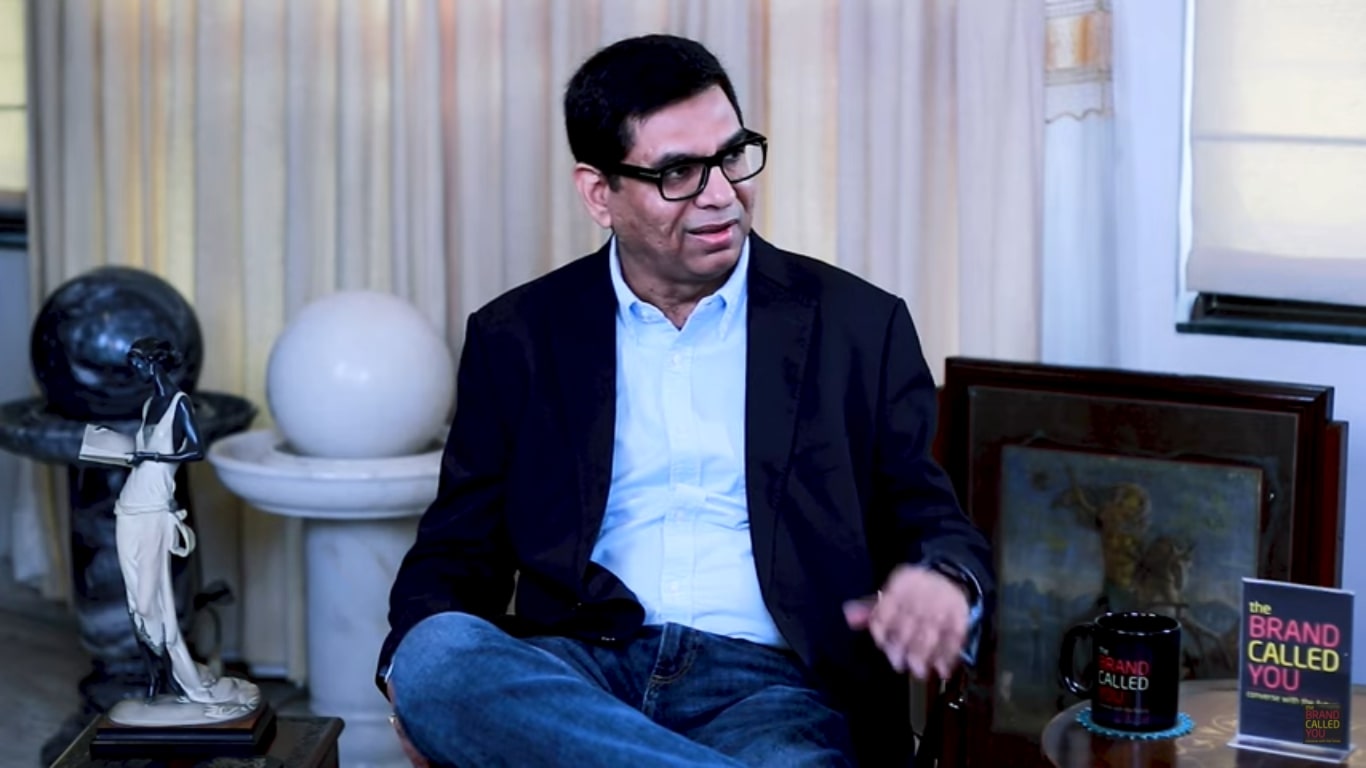Podcast: Play in new window | Download
Follow TBCY RSS
Rajiv Gulati has single-mindedly pursued pharmaceuticals since a very young age. At age 16, he volunteered for a pharmaceutical conference and heard Dr. Parvinder Singh, the President of the Delhi Chapter of the Pharmaceutical Association. Rajiv was bowled over by his personality and since that very day, wished that he could work with him. He pursued his Masters in Pharmacy and then went on to do an MBA from IIM Ahmedabad. Right off the campus, his dream came true as he was recruited by Ranbaxy. The rest as they say, is history.
With over 30 years of experience in the Pharmaceutical Industry, Rajiv was most recently the President – Global Pharmaceutical Business at Ranbaxy. In between, he also set up Eli Lilly & Company in India, a fortune 500 company and one of the top 12 pharmaceutical companies in the world.
Learnings from corporate career
“I’m not a scientist or an IT professional. Since I’m in business, all my learnings are around people. I’ve had people reporting to me from a very early age. And all my learnings on how to manage people came when I became a father. I realized that employees need to be treated with the same patience and care. I have a theory – you can fool your boss, but you can’t fool your subordinates. They always know if you have their best interests in heart.”
He credits his drive and passion to the learned behaviour at Ranbaxy, being around visionaries like Dr. Singh and Mr. Brar. However, at Eli Lilly, he truly learnt people skills.
Challenges in pharmaceutical industry
The Indian pharmaceutical industry is growing rapidly. Today, 40% of the generics consumed in the United States are of Indian origin. However, things are not as rosy as they look, according to Rajiv. He tells us about some of the challenges –
Rajiv says that it was Ranbaxy that discovered America and that developed countries were a very viable market. “Everybody learnt from Dr. Singh and so everybody discovered America. India is the largest name in pharmaceuticals and the largest exporter. The downside is that everybody learnt the game and now everyone is competing with each other.”
When he joined Ranbaxy as President in 2011, he immediately segregated markets into segments, for instance – Europe into east and west. The minute he did that, he found that they did not make money in developed segments. “There is a lot of money to be spent on filings, R&D, getting approvals, depositing fees etc. And when you finally get the approval to enter the US market, you realize 27 other Indian companies have received it too. The costs to launch are increasing globally but the reward has been shrinking, as far as developed countries are concerned. There’s still money to be made in developing countries. There is still the scope of brands there.”
In the context of India, he says that the Government is very keen to reduce the cost of healthcare. The reduction in prices of stents and knee replacements are an example of the direction they are taking. The Prime Minister’s Jan Aushadhi scheme also pushes for India to move towards generics like the developed countries. “That will be a huge challenge for healthcare companies as prices come down and so does profitability.”
How are e-pharmacies offering so much discount
Rajiv was the founder of an e-pharmacy, mChemist. Despite margins being very low in pharmaceutical companies, e-pharmacies are offering 20-25% discounts. Rajiv explains how –
“In theory, it’s all about economies of scale and primarily, purchasing power. There is an agreement between the retailers industry and the Government that in branded formulations, retailers get 20% margin. But when institutional buyers such as hospitals buy from companies, they are able to get 30-35%. So when the size and scale of the e-pharmacies grow, they are able to order in bulk directly from the companies and they are able to secure at least 28-29% margins. There are also bonus schemes that many companies have and e-pharmacies can pass it on to customers.”
Can both e-pharmacies and traditional pharmacies co-exist?
Rajiv is certain that they will coexist. He says e-pharmacies are mainly useful for repeat customers, i.e. customers with chronic diseases such as diabetes, hypertension etc. It is worthwhile for e-pharmacies to register them on their portal and send out 3 months of medicines at once. However, for acute medicines like antibiotics and painkillers, a customer buys it once and needs it immediately.
“I don’t think that e-pharmacies will ever reach a state where they can deliver medicines within half an hour to one hour. Therefore, acute medicines will always remain with brick-and-mortar stores. Both do coexist all over the world and will continue to do so in India as well.”


